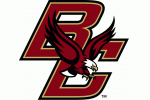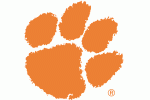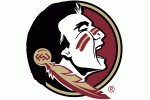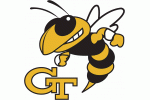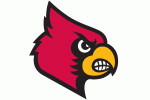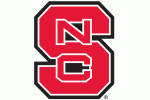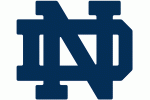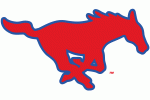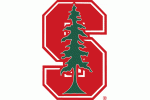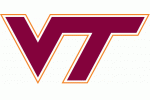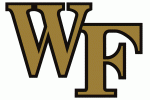Returning four of five starters from last season’s Coastal Champions, UNC’s o-line is revved for their encore
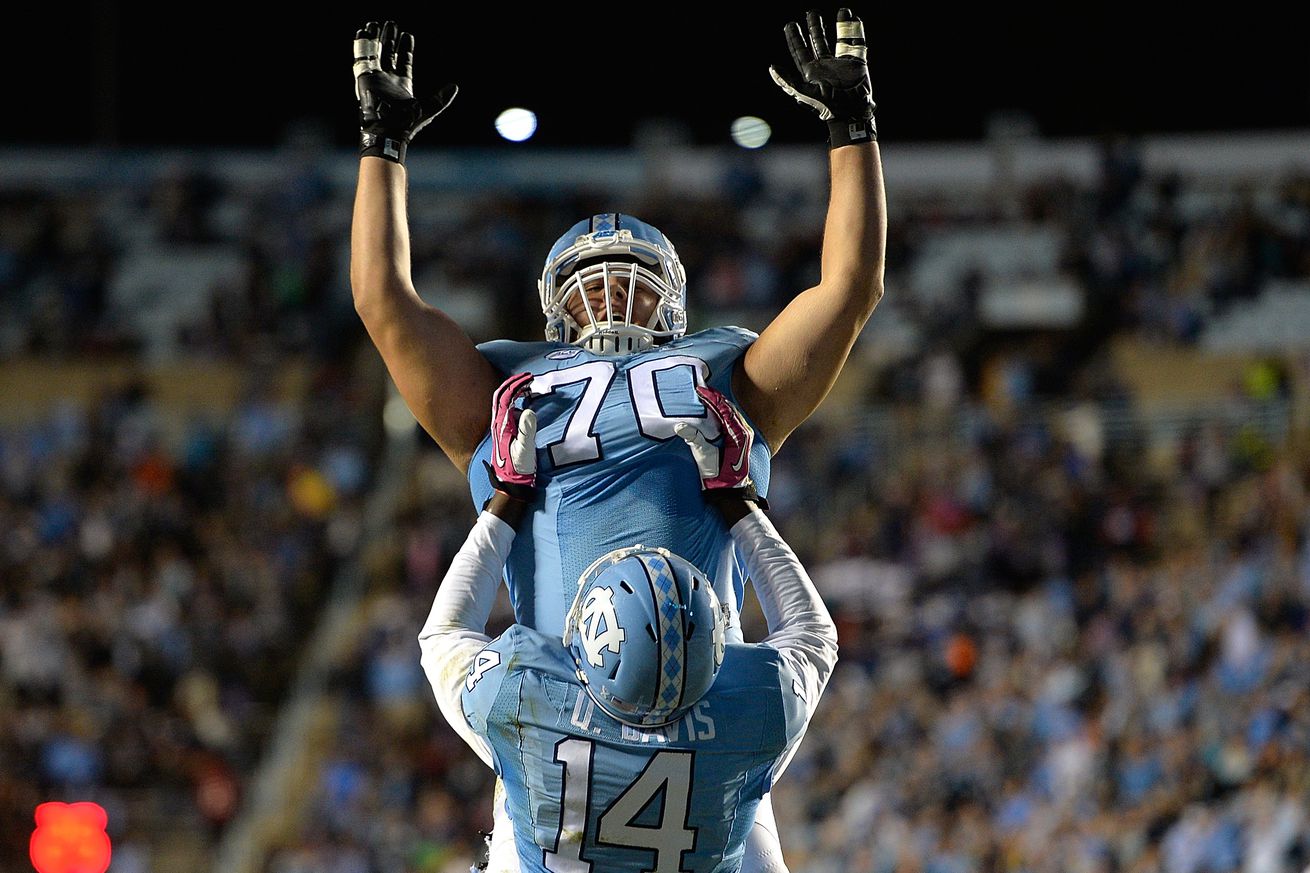
Last season everything finally came together for UNC, but that was especially true for the offensive line. Armed with some hard-earned experience from 2014, the offensive line exceeded all hopes and expectations. There are numerous advanced statistical categories that break down an o-line’s success. In 2015, UNC excelled at almost all of them.
A sampling of these involve the following (all definitions come from Football Outsiders and SB Nation’s Bill Connelly):
Adjusted Line Yards (ALY): A formula that tries to differentiate how much of a team's running success is credited to the running back or the offensive line. UNC was third in the nation with 124.2 yards per game.
Standard Downs Line Yards per Carry: The raw, unadjusted per-carry line yardage for a team on "standard" downs (first down, second-and-7 or fewer, third-and-4 or fewer, fourth-and-4 or fewer). UNC was fifth in the nation with 3.43 yards per carry.
Passing Downs Line Yards per Carry: The same adjusted averages for rushing on passing downs or all other downs. UNC was fifth in the nation with 4.06 yards per carry.
Stuff Rate: This is the percentage of runs where the runner is tackled at or behind the line of scrimmage. Since being “stuffed” is bad, offenses are ranked from “stuffed” least often (No. 1) to most often (No. 125); for defenses, the opposite is true. UNC was sixth in the nation in offensive stuff rate, only getting “stuffed” 15.2% of the time.
Yet, despite that success, and returning four of five starters, all eyes this season are on Mitch Trubisky, the embarrassment of riches at wide receiver, and the three-headed monster in UNC’s backfield. That’s all well and good. However, at its core, football is a game that consistently is won “in the trenches” in a constant battle between offensive and defensive lines. Without the ability to open holes for the running back or provide a quarterback time to find an open receiver, almost every single offense falls flat and underperforms.
Fortunately, the offensive line may be the greatest strength for this season’s UNC team. I realize that seems like a bold statement considering Elijah Hood, Ryan Switzer, and Mack Hollins figure to play prominent roles, but I’ll stick with it. Boasting three seniors, one junior, and one player to be named at right guard (more on that in a minute), UNC potentially returns one of the most successful and experienced offensive lines in the program’s history. Yes, even with the loss of All-Everything Landon Turner, this line should be better than last season’s squad that paved the way for over 6,800 total offensive yards.
Position Breakdown
Left Tackle: Bentley Spain - JR, 6'6" 300 lbs. (Second year as starter)
Left Guard: Caleb Peterson - SR, 6'5" 300 lbs. (2015 2nd team All-ACC, Third year as starter)
Center: Lucas Crowley - SR, 6'3" 290 lbs. (2015 3rd team All-ACC, Third year as starter)
Right Guard: To Be Determined
Right Tackle: John Heck - SR, 6'7" 300 lbs. (2015 2nd team All-ACC Third year as starter)
That line is absolutely loaded with experience. Peterson, Crowley, and Heck all have started for the previous two years. Familiarity with the offense, the receivers, AND with Elijah Hood and T.J. Logan should provide a smoother transition for Mitch Trubisky than most other first-year starting quarterbacks generally experience. It is much easier to integrate a new signal-caller if the coaching staff doesn’t have to be too concerned with teaching playbook fundamentals to new linemen.
It also has to be pointed out that the two most important positions on an offensive line are the left tackle and/or the center (there’s a fun debate to be had with that topic). UNC is in the enviable position of having three years of cumulative starting experience between those spots.
Some might raise the concern that Spain and Crowley aren’t as big as other linemen, and that’s a fair point. Left tackle Roderick Johnson (6’7”, 311 lbs.) and left guard Kareem Aye (6-6, 325 lbs.) at Florida State are massive. Pittsburgh’s current listed center, Alex Officer, comes in at 6’4” and 335 lbs. Clemson’s center, Jay Guillermo tips the scales at 6’3 and 325 lbs. Heck, even Landon Turner weighed 325 lbs.
Nevertheless, while Spain and Crowley may not be as large as some of the more “dominant” offensive linemen in the conference today, they make up for it with their intellect, toughness, and technique. After all, Crowley was third-team All-ACC last season. Add the experience of second-team All-ACC left guard Caleb Peterson, and that side of the line should be just as dominant this season as it was last year.
Does Size Matter?
Fortunately, the spread system that Fedora has established doesn’t require as much bulk along the line as more traditional systems (like Pittsburgh and Florida State). “Smaller”, quicker linemen are helpful for the abundance of pulling and downfield blocking that is so prevalent in UNC’s blocking schemes. An easy, over-simplistic comparison are the service academies of Army, Navy, and Air Force and their triple-option offense. Their military standards don’t allow them to recruit the largest of men, but their offenses continually rack up massive amounts of yards. Fedora’s offense allows for similar flexibility whlie recruiting talent.
However, the line IS smaller than other conference opponents. There are times when that is noticeable and can be a detriment. For example, UNC did consistently struggle in short yardage situations, where a little extra power is appreciated. The Power Success Metric backs this up. This metric is the percentage of runs on third or fourth down, with two yards or less to go, that resulted in a first down or a touchdown. UNC was ranked 104th in the nation with a success rate of only 58.8%.
For a team as offensively talented as UNC, that is embarrassingly bad. That efficiency will have to improve, especially against the tougher schedule. Honestly, for a squad that averaged 5.96 yards per carry last season (5.96!!!), I think this problem is more due to play calling than the personnel on the roster.
How often did UNC run a shotgun, five WR formation (or something similar) inside the five-yard line? It seemed that that happened way more than reasonably should be expected. If anyone has those numbers, please send them my way. Maybe I'm wrong.
(Bonus Stat: If you break the field into five separate 20 yard segments, UNC averaged 3.77 ypc inside the red zone. Their next lowest average of any 20 yard increment? 6.05 ypc.)
Question at Right Guard
Over the summer, a torn pectoral muscle ended the season of fifth year senior John Ferranto. It is always unfortunate to see an injury end a season (and maybe career) of an athlete. The pain is magnified when that player was expected to be an important contributor to your team. Sadly, sports isn’t always fair and UNC has been looking for an answer to the only significant question mark on the offensive side of the ball.
There has been a battle at fall camp, and, at the time of this writing, there are no clear winners for the right guard position. There is a belief that redshirt freshman Tommy Hatton has slowly won over the coaching staff with his toughness, steadiness, and gradual improvement. Inside Carolina’s Greg Barnes goes into detail about it here. The premise is OC/O-line coach Chris Kapilovic has been rotating Hatton and junior Brad Henson between right guard and center to build depth, while also giving junior R.J. Prince reps at right guard.
Regardless of who is named the starter, the first few games will more than likely see a rotation of players at the position, as the staff figures out the best “fit.” There is no harm in this. Honestly, if there is a position that this team could afford a little uncertainty about, it is right guard. So if you’re concerned, take a deep breath.
Fortunately, the offensive line doesn’t require an absolute stud player in order to be effective. Those kinds of players certainly help, but perhaps more than any other position group in all of sports, the offensive line must work as a smooth, communicating, cohesive unit in order to have success. With the experience and leadership returning–seven cumulative seasons of starting experience and 2015 second-team All-ACC selection John Heck anchoring the line at right tackle–UNC shouldn’t expect to see a drop-off in production or performance.
What can UNC fans expect?
While that right guard remains in flux, the coaching staff may look for ways to hide any weaknesses until they have a stable solution. I do not have the breakdown of last year’s rushing stats between the tackles, or outside of the hash marks. Nor do I know what the breakdown was of rushes to the right or left of the field. However, I do think there are a few early scenarios that are feasible.
Pay attention and look for a disparity between rushing to the left or the right of the formation. It wouldn’t be surprising to see an increased amount of run plays and read options to the left side if there are early struggles on the right. The difference may not be significant, but may be enough to exploit some noticeable advantages. Of course, there is something to be said for balance and unpredictability, and if there is a clear disadvantage of one side of the line, it will be hard to keep defenses honest and guessing.
I also would not be surprised to see an increase in designed QB roll-outs to the right side to allow Trubisky time to use his feet, gain space, and find the open receiver. If there is an onslaught of pressure from the right, a spike in short-passing completions to the likes of Brandon Fitts, Switzer, and Logan are likely. More screens, button hooks, and crossing routes will be a welcome wrinkle to the offense that has recently lacked success in that area. An effective short passing game could also keep defenses from committing to a full blown run defense or pass rush on the right side.
Finally, if that right side really struggles (and I don’t think it will), more two-back formations with Khris Francis may be employed to give the backfield an additional pass blocker or Fitts may find himself used more as an old-school tight end, lined up on the end and looking for someone to hit instead of trying to find an open piece of turf to receive a pass. All of these scenarios are plausible, especially in the early parts of the season. None of them are necessarily bad. There are thousands of ways to win a game, and UNC’s line is going to put many of those methods on display this season.
If you’ve made it this far, thank you and bless your heart. The offensive line doesn’t often demand your attention. Linemen aren’t flashy, don’t score, and don’t celebrate. But, the offensive line is more important than most will admit. Fortunately, UNC has an experienced, successful, talented group of men leading the charge. Yes, there are a few questions, but none of them are roadblocks to success. They are no more than a bump in the road, with many possible solutions.
The offensive line is the motor that keeps the offense moving. Like your car, you don’t appreciate it until you have a good one. Some years, like in 2014, you have a broken, rusted out Ford Fiesta. Other years, like 2015, you find a surprisingly powerful Hyundai Sonata. This year, UNC fans should not be surprised to find a Mustang GT ready to open rushing and passing lanes large enough for UNC’s own workhorses to roam free. Buckle up.


